Year one of TGL is in the books.
Tomorrow’s Golf League, the indoor golf league co-founded by Tiger Woods and Rory McIlroy, capped its 2.5-month debut season ahead of the Masters Tournament. Whether or not you were among the 500,000 viewers, on average, who tuned in for TGL’s regular season team matches out of interest or curiosity, if you’re a sports fan at all you surely caught some highlights on one of ESPN’s platforms given that the network is the upstart league’s broadcast partner.
In the wake of the Atlanta Drive’s championship round sweep of New York Golf Club, here are 10 things we learned from the inaugural TGL season.
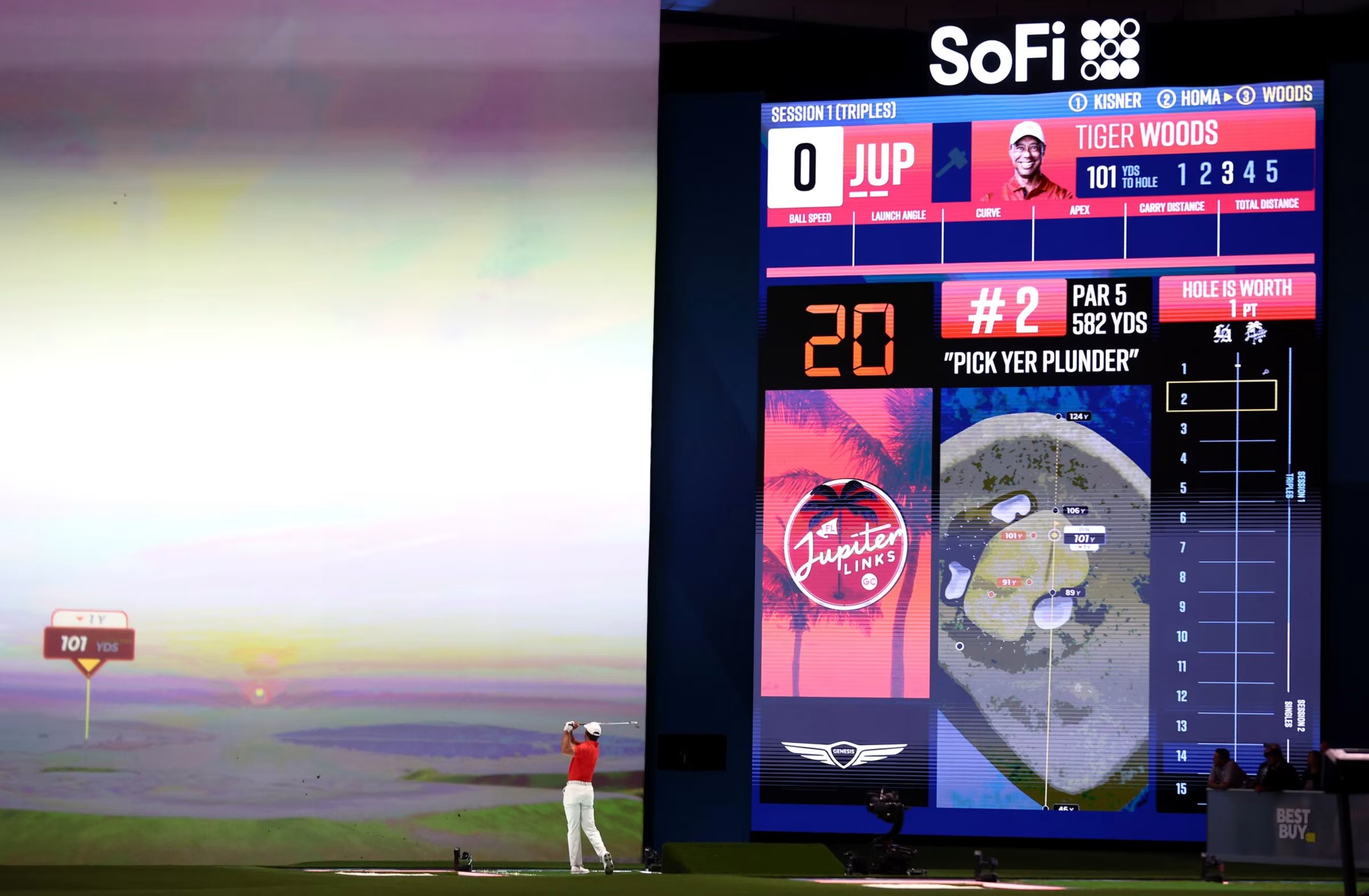
Simulator Golf is Here to Stay
There are plenty of people, golfers and non-golfers alike, who questioned the rationale and realism of what they deemed a “screen golf competition.” But indoor simulator technology is exploding in popularity (with participation up 126 percent since 2019, according to the National Golf Foundation) and an increasing number of traditional golfers are using sims to practice and play—often during the offseason or after the sun goes down. Research shows they’re not only honing their game but heightening their avidity for the sport.
There’s an Audience for All Kinds of Golf
Golf fans should be encouraged that the funnel for introduction and engagement is getting wider thanks to increasingly new forms of the game, from Topgolf to TGL. Viewership for the first season was better than many anticipated, with regular season TV ratings up 21 percent over the college basketball games and other programming TGL replaced during the same Monday and Tuesday night windows the year prior.
TGL Resonated with a Younger Audience
The average age of TGL viewers was just north of 51, about 12 years younger than the median age for PGA Tour and LIV Golf broadcasts. Overall, 42 percent of TGL’s TV audience was between the ages of 18–49, successfully helping the league and ESPN deliver on their promise to reach a younger audience. In case you’re unaware, NGF research revealed that the age group with the current most on-course golfers is the 18–34 cohort. While they might not play the most, there are more of them… and they represent golf’s future.

Didn’t Overdo It, or Overstay the Welcome
Six teams from different cities—Atlanta, Boston, Jupiter, Los Angeles, New York, and San Francisco—was the right amount to start, as only a few marquee players ended up skipping matches due to conflicts with Signature PGA Tour events. Adding two more teams, depending on player buy-in, feels manageable. Meanwhile, the league window was ideal. It started on weeknights in January with no conflict with NFL or college football games and extended through March, with the thick of the season coinciding with the PGA Tour’s Florida swing. That made it easier for players—many of them South Florida residents—to play in the matches at the SoFi Center in Palm Beach Gardens. And the season was done before the players even packed their bags for the year’s first major.
The Competition Was Real
The juice seemed to increase over the course of the season. Sure, there were some players who seemed less engaged—perhaps this was “just a hobby” for Kevin Kisner, for example—but when the title was on the line (along with $9 million for the championship squad), these Tour stars competed hard. The playoffs were different, as Justin Thomas said, and it didn’t hurt that the championship matches were among the best of the entire season.
Prominent Team Owners and Celebrity Support
Arthur Blank, the owner of the NFL’s Atlanta Falcons, was front and center in the Drive’s ownership box during virtually all his team’s matches and was the first person to receive the SoFi Trophy. The impact of big names in TGL’s ownership ranks can’t be overstated, with stars like Serena Williams, Derek Jeter, Eli Manning, and Mike Trout showing up to root for their teams. And they weren’t the only athletes and celebrities in attendance, as TGL throughout the season drew a wide range of golf fans. Among them: baseball’s Roger Clemens, David Ortiz, Trea Turner, and Max Scherzer; football’s Josh Allen, Jerome Bettis, and Sam Darnold; and music stars Celine Dion, Jason Aldean, DJ Khaled, and Ja Rule.
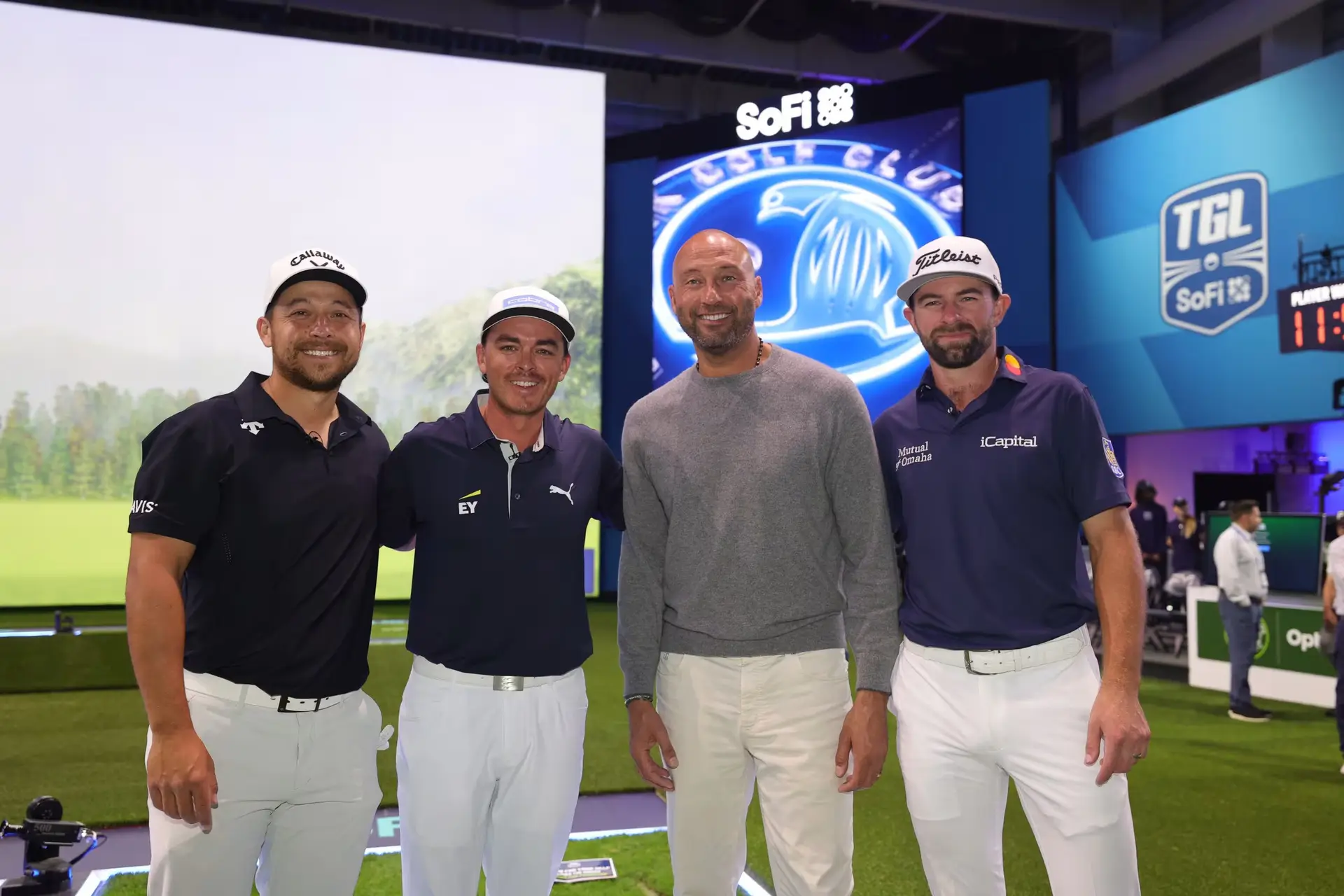
Successful Shorter Format
Short courses and 9-hole rounds have been gaining popularity in recent years, and TGL’s time-friendly format proved to be a hit. While it seemed like an arbitrary number compared to the traditional 9- or 18-hole rounds, the 15-hole competition worked well for TGL and fit neatly into the two-hour TV time window. We’ve seen that golf doesn’t have to be restricted to 18-hole rounds that take four or five hours to play. TGL’s alternate shot “Triples” section sped things along over the first nine holes, while the head-to-head “Singles” matches over the final six holes made for some good mano-a-mano showdowns. The 40-second shot clock didn’t come into play much, but it undeniably kept up the urgency.
The Hammer’s Evolution
In its first season, TGL had to learn and evolve on the fly. No change was more significant than that to the “Hammer,” the fan-favorite game modifier that can add a point (or potentially two) of value to given holes. Over the first five weeks, the hammer was passed back and forth between teams during a match but not always employed. For the stretch run of the inaugural season, TGL made a pivotal change to give each team three hammers to use at their discretion during a match, increasing scoring and score fluctuations.
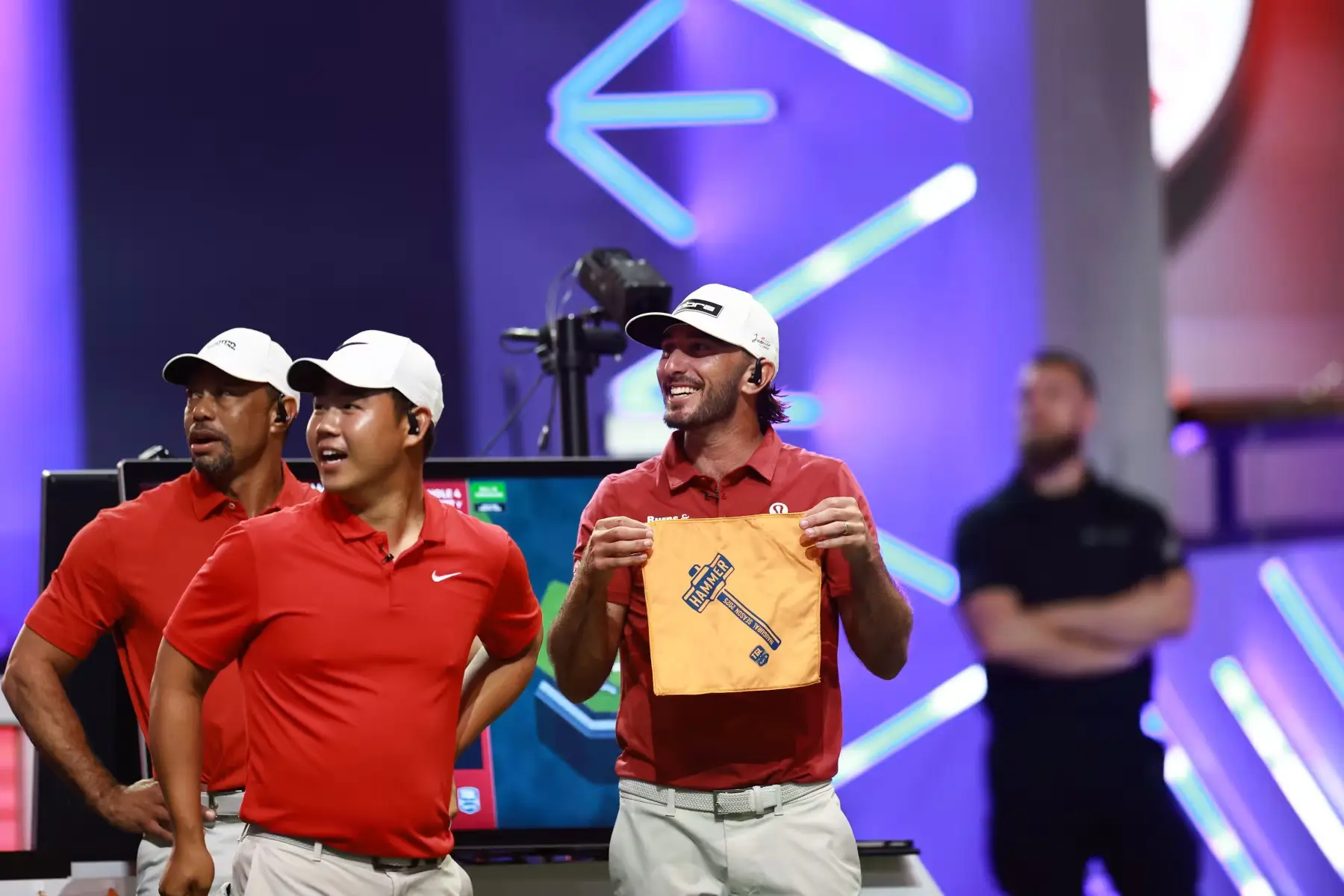
TGL’s Tech Stacked Up
While some believed (or insinuated) TGL’s competition featured a single standard launch monitor prone to misses, the reality is that it is a sophisticated technology stack—a one-of-one system with multiple layers of redundancy. And this carefully orchestrated combination of multiple systems—four Toptracer trackers and 18 Full Swing radar launch monitors—delivered an incredibly realistic stadium golf experience. Players will always make faces after poor shots. They do it outside on a real golf course, too. In actuality, there were few hiccups. Among the most glaring errors: Tommy Fleetwood’s divot that was incorrectly tracked instead of his approach shot during a late February match. That was a byproduct of realism added with real grass and real sand in the various boxes players hit from, but also ultimately an important learning experience.
Playoffs Didn’t Need Tiger or Rory
Four of the six TGL teams made the playoffs. The only two that didn’t were those that featured Woods and McIlroy—two of golf’s biggest stars and TGL’s co-founders. But the postseason energy might have been even better without them; Rory has been somewhat polarizing recently, and Woods continued to show a competitive decline, even in an indoor format that required him to walk back and forth about 40 yards. Meanwhile, Billy Horschel showed he’s made for team golf… and perhaps made a case that he should be considered for the U.S. Ryder Cup team. His passion and fire were on full display, especially during the playoffs, and he made clutch putts when they mattered most. “Billy Ho” just might have been the league MVP for season one of TGL.
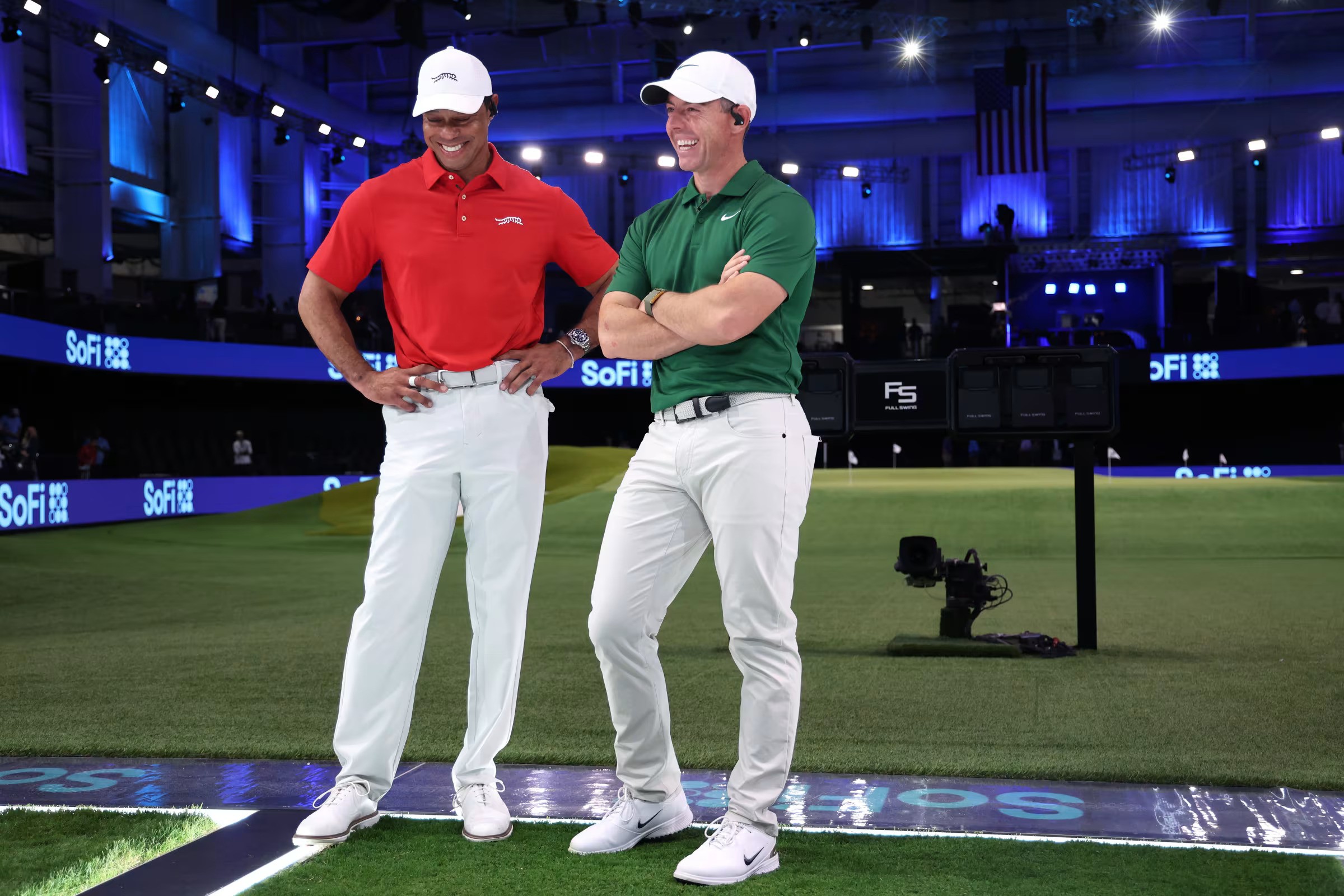
What were your takeaways from TGL’s first season?


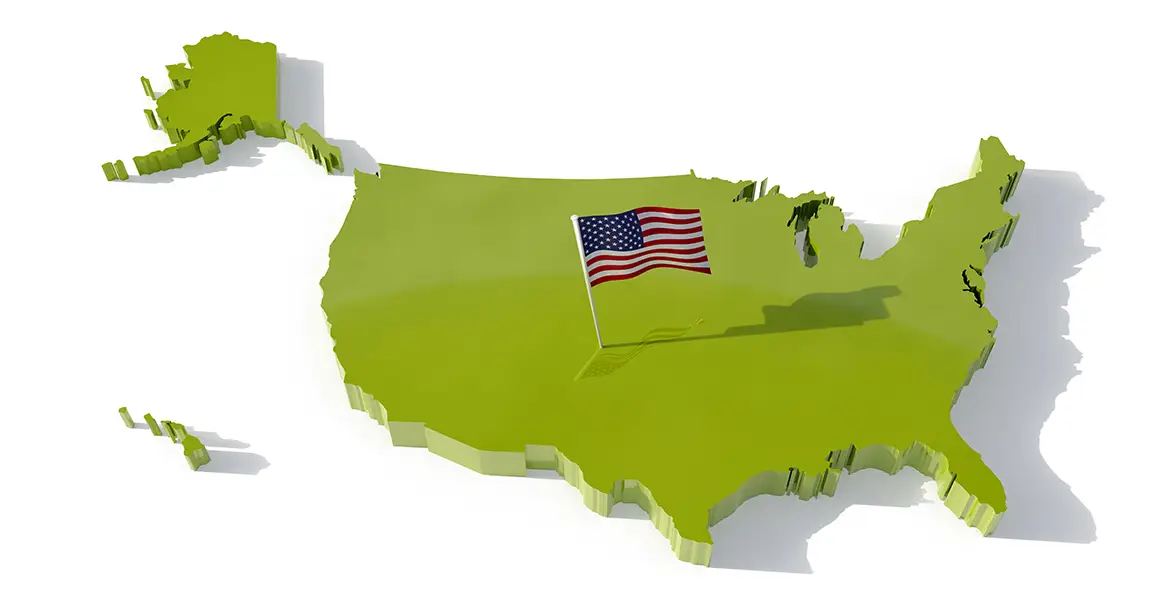
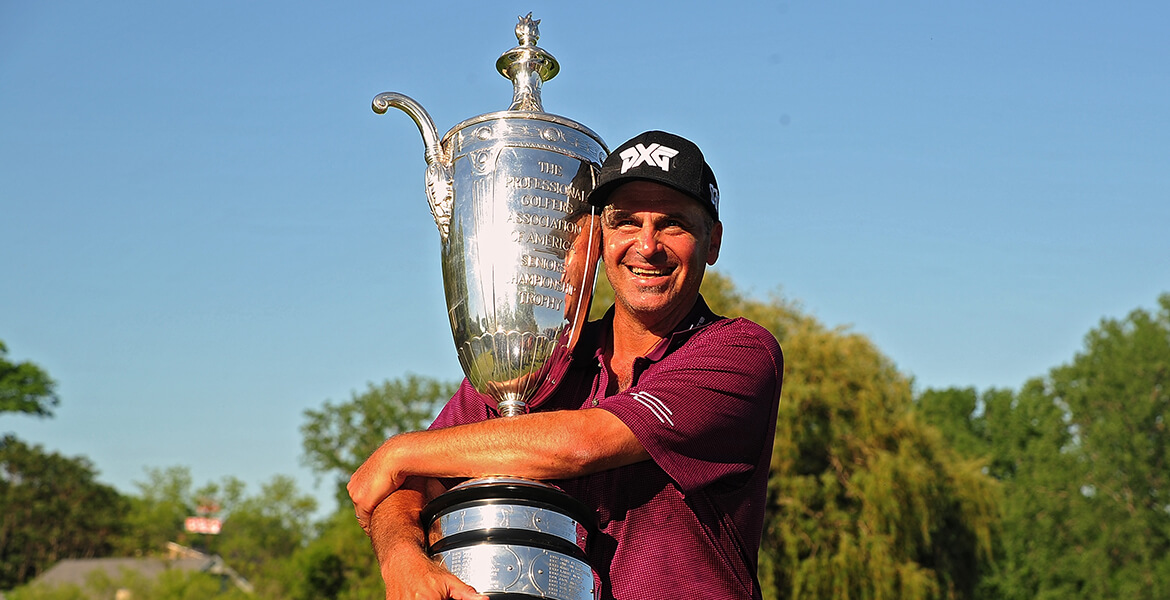
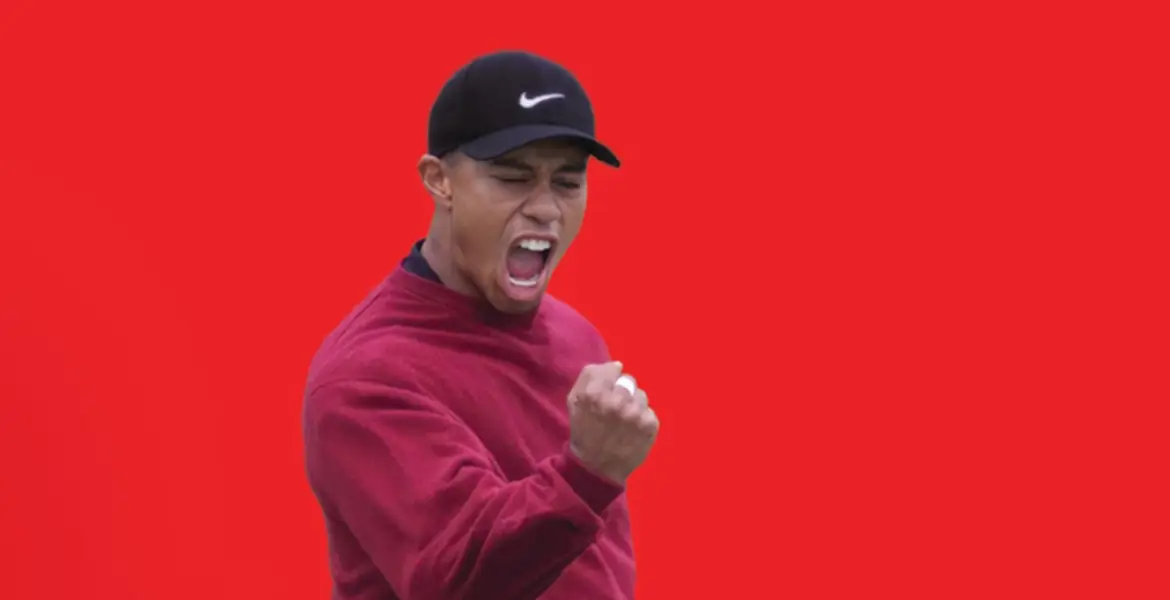

par 3s were way too easy, need to add wind into the equation
curious what the green speeds were.
I watched some of one match and thought it was totally boring. Watching guys play video golf in meaningless “competition” holds no appeal. In general, tour pros are not the most clever or entertaining people. I would bet that if we took out the ratings for the first match and the first Tiger appearance, the other match ratings will be noticeably lower. That TGL had enough ratings to justify air time on Monday / Tuesday isn’t really impressive. The question they never answered is : Why should we care about the outcome ? And if there is no reason to care, why watch it ?
The first few times I watched it on TV, I was just luke warm on the product. But to be fair most of the matches were a blow out. I think the Hammer change helped, I also was lucky enough to go to a match in person, and just like the first time I saw an NHL game in person, it made more sense to me on TV from that point on and I was much more hooked and engaged. I thought the playoffs were much more intense and interesting.
As an aside that TGL in person night was the icing on an incredible golf day! I played 3 different courses (#2627, #2628, and #2629 trying to play 3000 different golf courses in my life on @thequestfor3000 on IG) followed by the TGL match Jupiter vs, ATL seeing Tiger in that intimate of an atmosphere was a pretty good golf day in a life filled with pretty good golf days!!